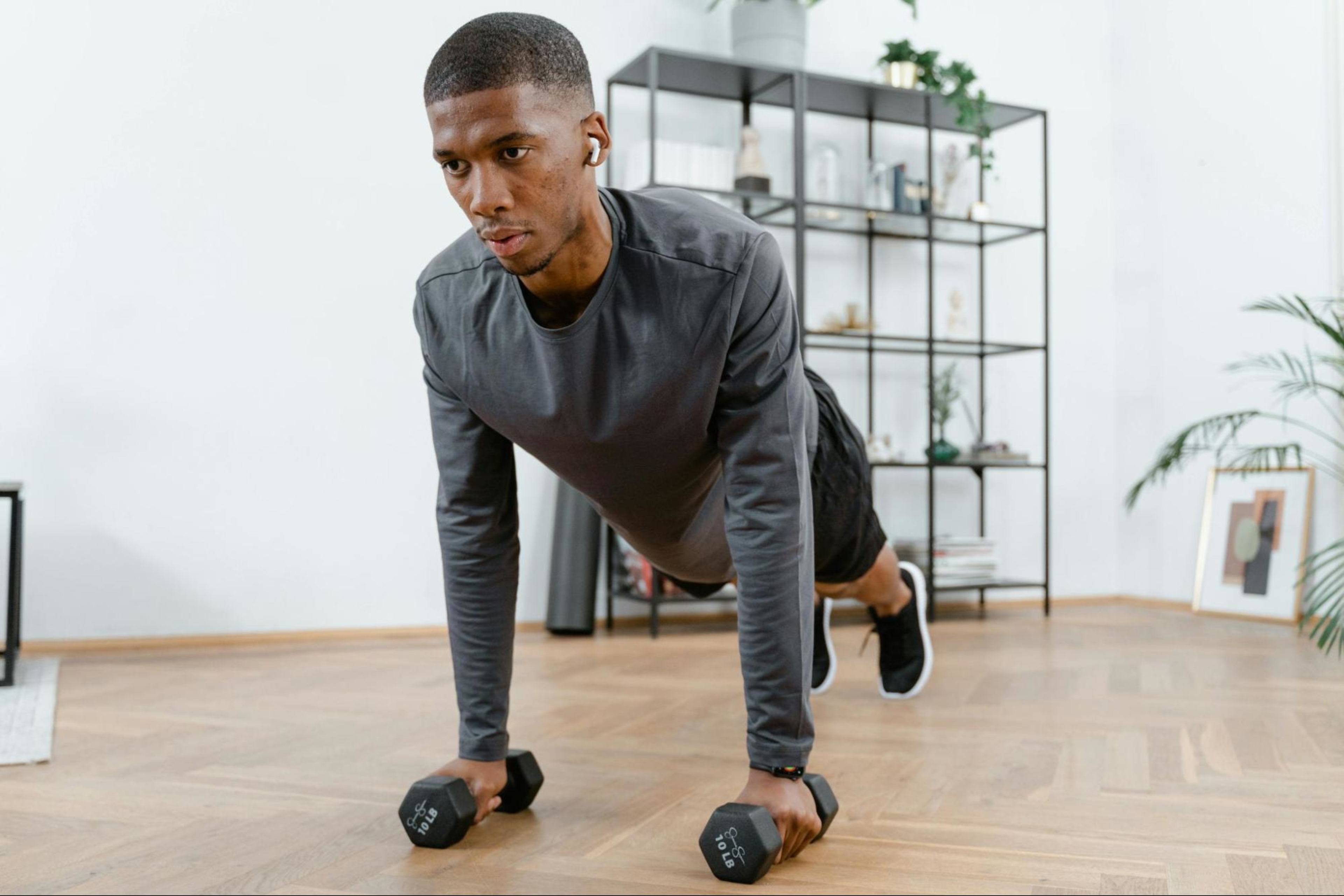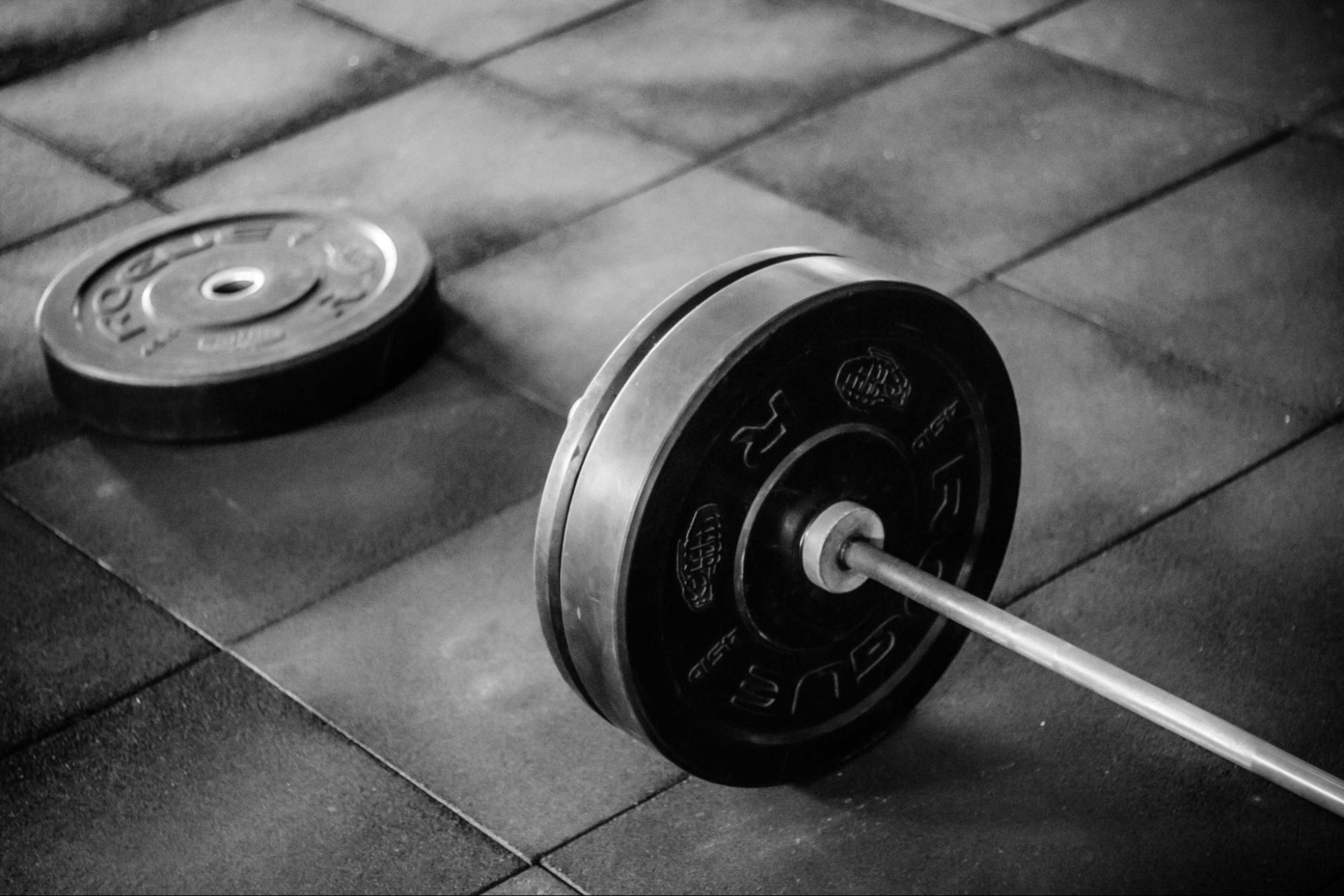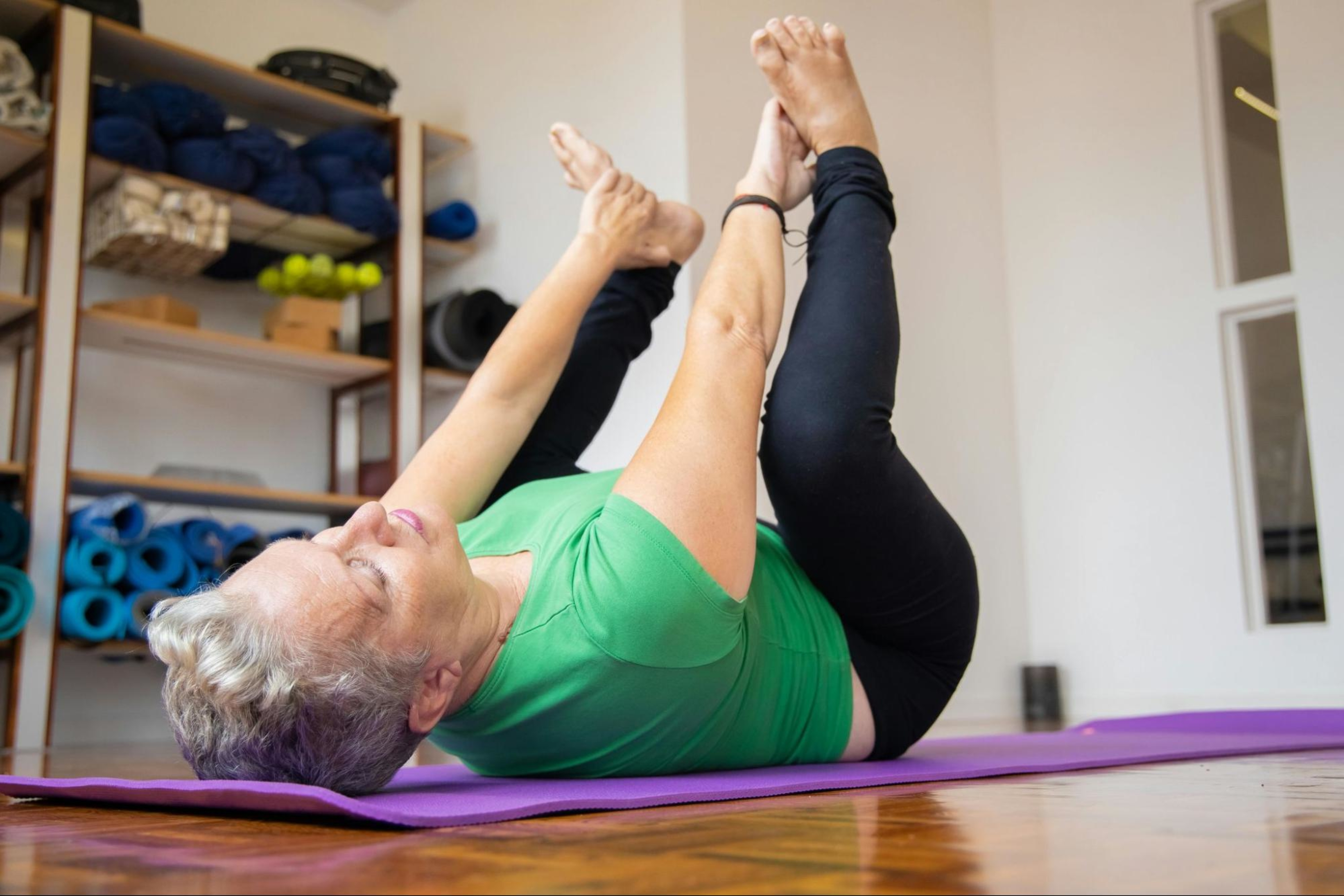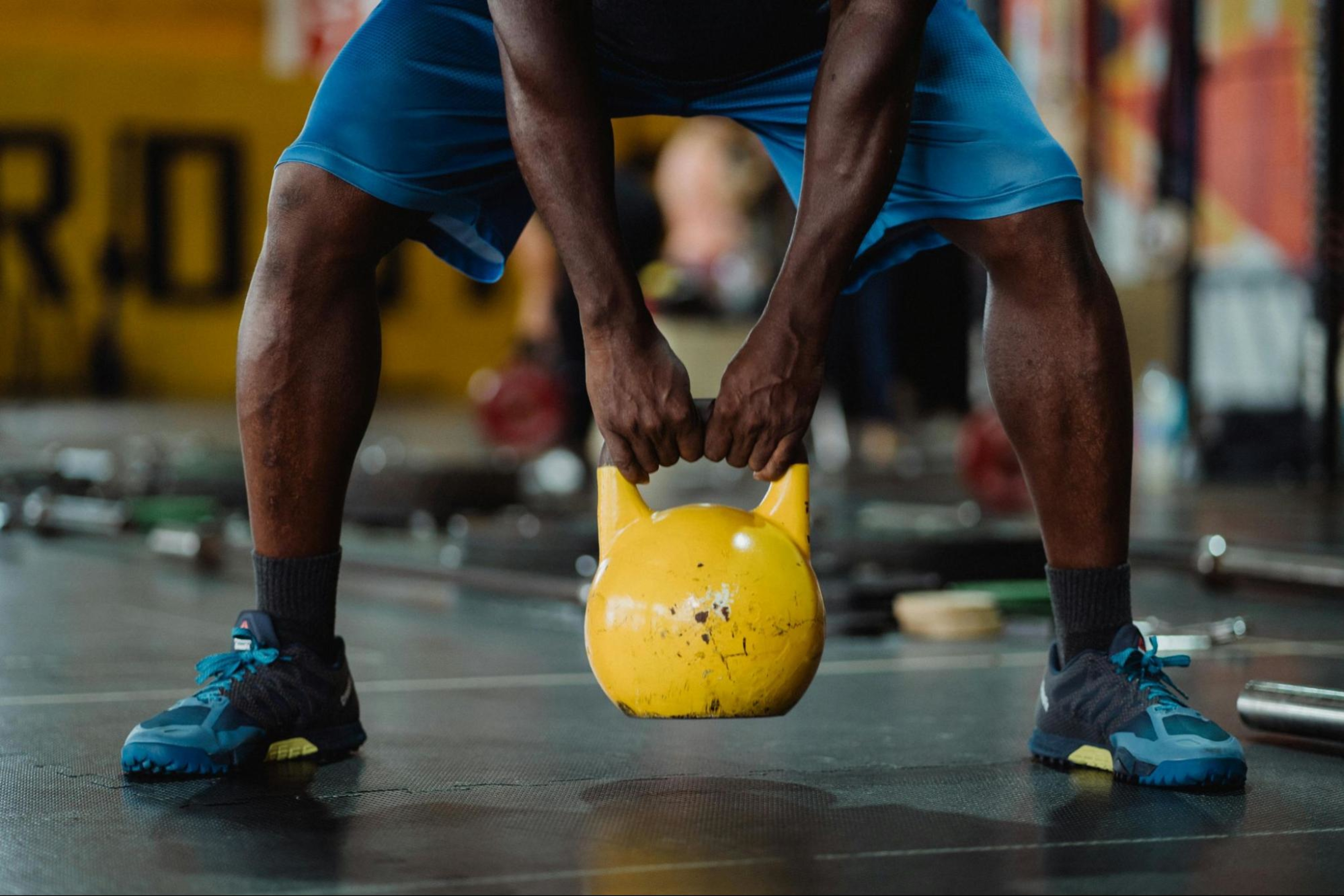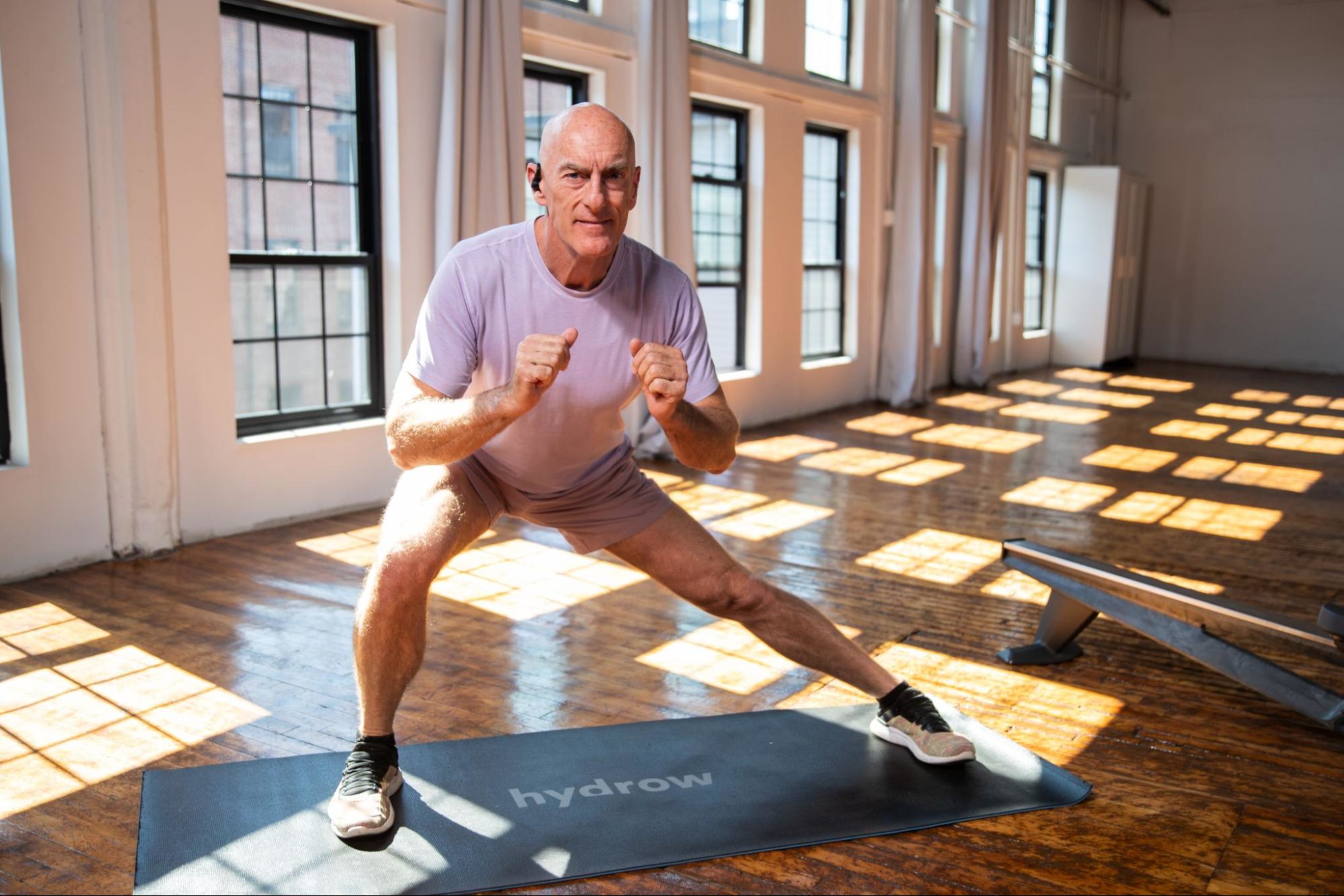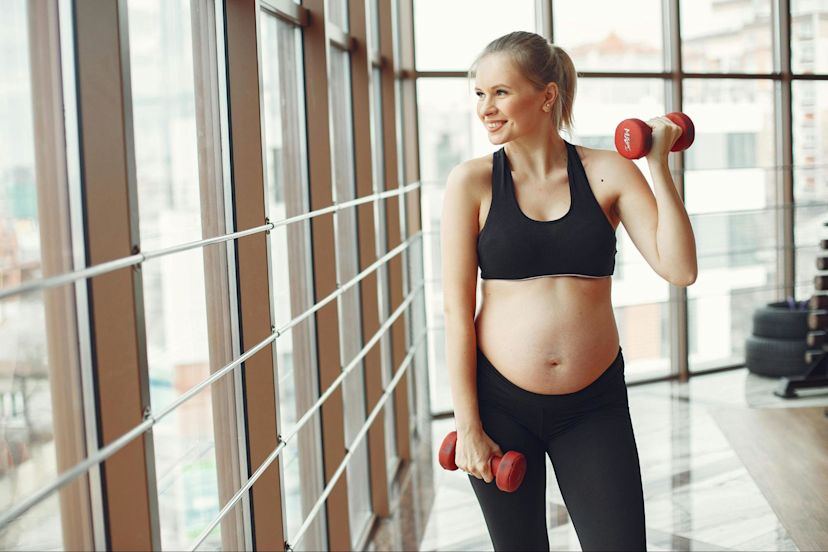What Is Functional Strength Training?

Functional strength training focuses on exercises that mimic everyday movements, engaging multiple muscles at once across different planes of motion and multiple joints.The idea is to perform exercises that mimic the movements performed in daily tasks—contrary to traditional strength training, which works on isolated muscle gains.
Emphasizing the body’s natural movement patterns with functional strength training will increase your stability, joint mobility, and full-body strength, along with improving your coordination, agility, and overall function and performance in daily activities and sport.
Interested in adding functional strength training to your fitness routine? Keep reading to learn:
Let’s jump in!
What is functional strength training?
Functional strength training is a type of strength training that focuses on building strength for practical movements that are part of your specific daily routine. Whether you’re an older person looking to keep up a high quality of life or an athlete looking to improve performance, functional strength training will result in significant gains. Training exercises will engage multiple muscles simultaneously, translating to a more real-world application.
Technically (and genetics aside), a senior and elite athlete are anatomically built to move in the same manner, which means their approach to training for this movement would be similar. However, their programs would be related to their own daily routine and address their appropriate movement patterns and abilities. The outcome would also look much different across various populations, but the approach is similar, focusing on the four principles of functional strength training we will explore below.
Related blog: 15 Benefits of Strength Training
What are the key principles of functional strength training?
There are four key principles that define functional training:
Locomotive: This involves how you move your body, in one direction or another, from point A to B. This can include moving forwards, backwards, shuffling sideways, jumping, hopping, running, or leaping.
Level changes: This involves moving your body’s center of mass from high to low. This can include movements like standing from a chair or picking up a sock from the floor.
Push/pull: This primarily involves the upper extremities. Simply put, when you push, you move your hands away from your body, and when you pull, you move your hands towards your body. Examples include pushing a refrigerator toward a wall or pulling a rope toward yourself.
Rotation: This involves moving body parts away or towards the center of your body in a twisting or circular motion. This can include looking backwards or swinging a bat or racquet.
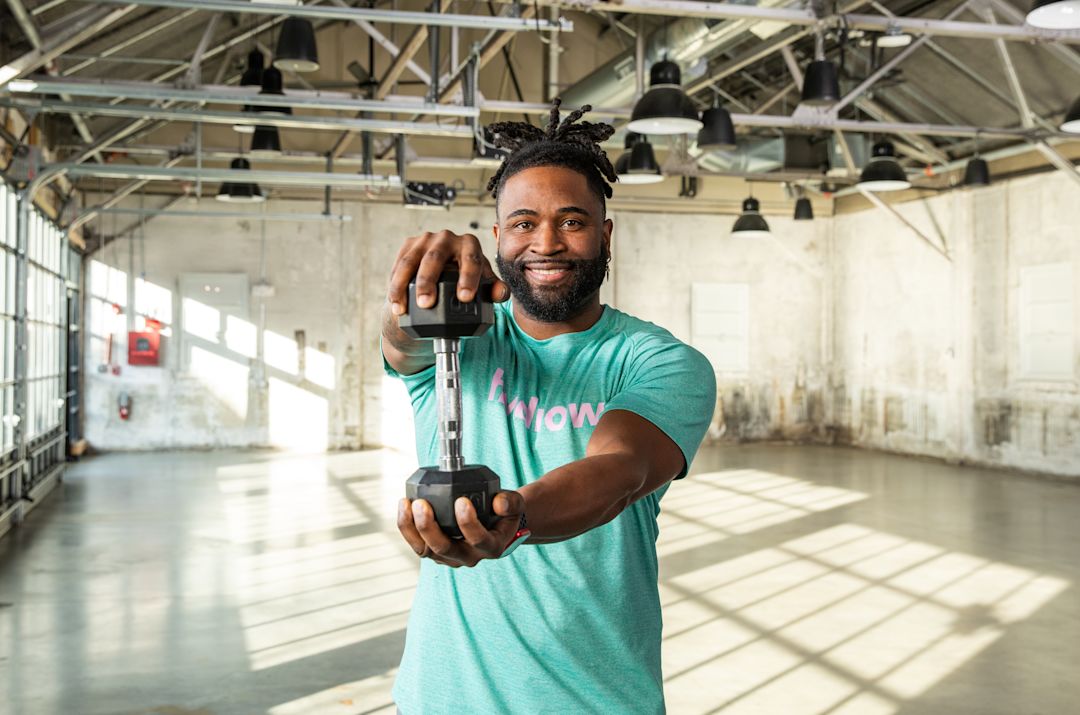
Explore Hydrow's library of strength training workouts.
What are the benefits of functional strength training?
Humans are structurally created to move and complete tasks throughout the day that challenge the demands of our body. Fundamentally, we move in a manner that demands various muscles move simultaneously, in coordination, and quite often requiring balance.
Because of this, functional strength training that supports everyday movements such as lifting, carrying, pushing, pulling, squatting, and twisting results in the following benefits:
Makes daily tasks easier, safer and more efficient to complete
Builds usable strength for real life activities
Improves core strength and stability
Promotes flexibility and mobility through dynamic movements
Reduces injuries
Increases balance, coordination, and agility
Is time-efficient
Works multiple muscle groups per exercise
Helps you age gracefully, keeping mobility and independence
Common types of functional strength training exercises
Functional training focuses on compound movements that mimic everyday activities. Here is a list of some functional exercises categorized by common movement patterns:
Squatting and lower-body strength
These exercises strengthen the legs, glutes, and core, improving movements like standing, stair climbing, and jumping:
Bodyweight squats
Bulgarian split squats
Step-ups
Deadlifts
Core and rotational strength
These exercises engage multiple core muscles to develop a strong core, helping to improve balance and posture and preventing back injuries.
Dead bugs
Planks
Russian twists
Woodchoppers

Explore Hydrow’s library of 5,000+ rowing, circuit training, yoga, Pilates, and mobility workouts.
Balance and stability
These exercises help improve coordination, joint stability and injury prevention.
Balance-board squats
Single-leg Romanian deadlifts
Single-leg standing with dumbbell press
Pushing movements
These exercises improve pushing strength for activities like lifting objects overhead or pushing doors.
Push-ups
Cable shoulder raises
Medicine ball chest press
Kettlebell overhead press
Pulling movements
These exercises build back, bicep, and grip strength, which helps in pulling, lifting, and carrying objects.
Pull-ups and chin-ups
Renegade rows
Barbell bent-over row
Carrying and loaded movements
These exercises enhance grip strength, posture and full body stability for lifting and carrying objects
Farmer’s carry
Suitcase carry
Overhead carry
Please note that each of these exercises can be adapted to meet all levels of fitness.
Functional strength training vs. traditional strength training: What is the difference?
The ultimate goal of both functional and traditional strength training is to increase your strength (aka your ability to apply force on physical objects). However, there are key differences between the two:
Functional strength training | Traditional strength training | |
Main goal of training | Focuses on movement patterns to improve real-life performance that you do in daily life or sport. | Isolates muscles to increase size and strength. |
Movement | Involves compound movements in multiple planes of motion. | Uses linear movements focused on controlled repetitions. |
Stability and balance | Often requires balance and coordination to engage stabilizing muscles. | Focuses on maximizing load and controlled reps, often using machines that eliminate the need for balance. |
Muscle engagement | Engages multiple muscle groups simultaneously. | Engages specific muscles, often in isolation. |
Equipment used | Incorporates versatile equipment like kettlebells, resistance bands, and medicine balls for dynamic movement. | Relies on machines, barbells, and dumbbells to isolate muscle groups. |
Who can benefit from functional strength training?
Everyone can benefit from functional strength training, from the 80-year-old grandmother to the elite tennis player. A true functional strength training program will incorporate exercises that mimic the lifestyle of the individual and simulate similar movement patterns.
It is a highly effective approach for building strength, improving movement efficiency, and preventing injuries. Whether you're an athlete, an office worker, or someone looking to enhance your daily mobility, incorporating functional exercises into your fitness routine can lead to significant improvement in performance and overall health.
Related blog: How to Build Strength After 50—And Why It's Important
Tips for incorporating functional strength training into your workout routine
First and foremost, when adding functional strength training into your workout regimen, you must consider your goals and needs. What would you like to achieve? Once you have identified the goal, focus on the movement patterns involved in that goal.
Some examples could include:
Improve daily movements: Include exercises that help you stand and climb stairs by focusing on squats, step-ups, lunges, and core exercises.
Enhance athletic performance: Include explosive movements like kettlebell swings, box jumps, and rotational drills, in addition to exploring movements specific to your individual sport
Prevent injuries and build stability: Add balance-focused exercises like single-leg deadlifts and core stabilization drills.

Did you know?
Over 90% of Hydrow members are still active one year later.
Here are some different ways you could gradually familiarize yourself with functional strength training exercises that will help you work towards your identified goals:
Include functional exercises in your warm-up and cool-down exercises
Slowly replace isolated exercises with compound exercises as you become more comfortable with the movements.
Start with functional bodyweight exercises to ensure proper form before adding weights.
Include dumbbells, TRX, medicine balls, kettlebells, and stability boards to challenge movement patterns.
Involve unilateral movements, which is one side of the body working independently to help correct imbalances and improve stability.
Get started with functional strength training!
Functional strength training exercises will help you move better, feel stronger, and reduce your injury risk by improving real-life movement patterns. Whether you want to enhance your athletic performance or improve your daily mobility, these exercises are key to a well-rounded fitness routine.
Looking for a way to incorporate more strength training into your exercise routine?
Hydrow offers guided strength training workouts for every fitness level, all led by world-class Athletes who coach you through each movement and help you stay consistent. Additionally, our rowing workouts target 86% of your muscles with every stroke, delivering full-body training and real results.
Explore Hydrow’s strength workouts and see how far you can go.
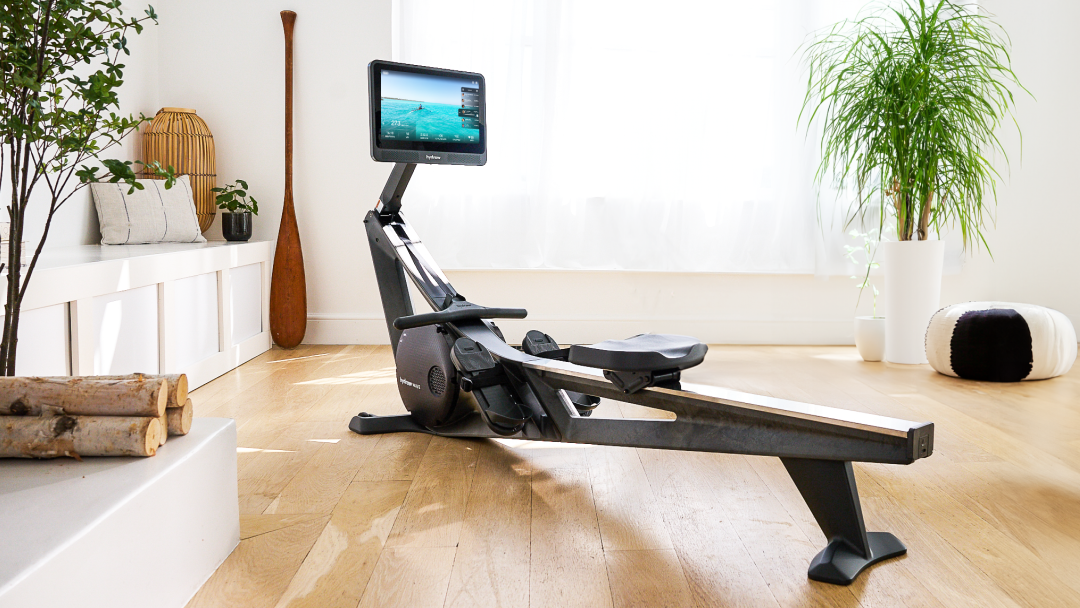
Real strength keeps moving
Learn how working out with Hydrow can help support a fuller, more active life.



